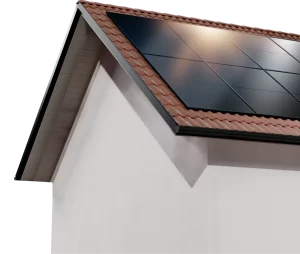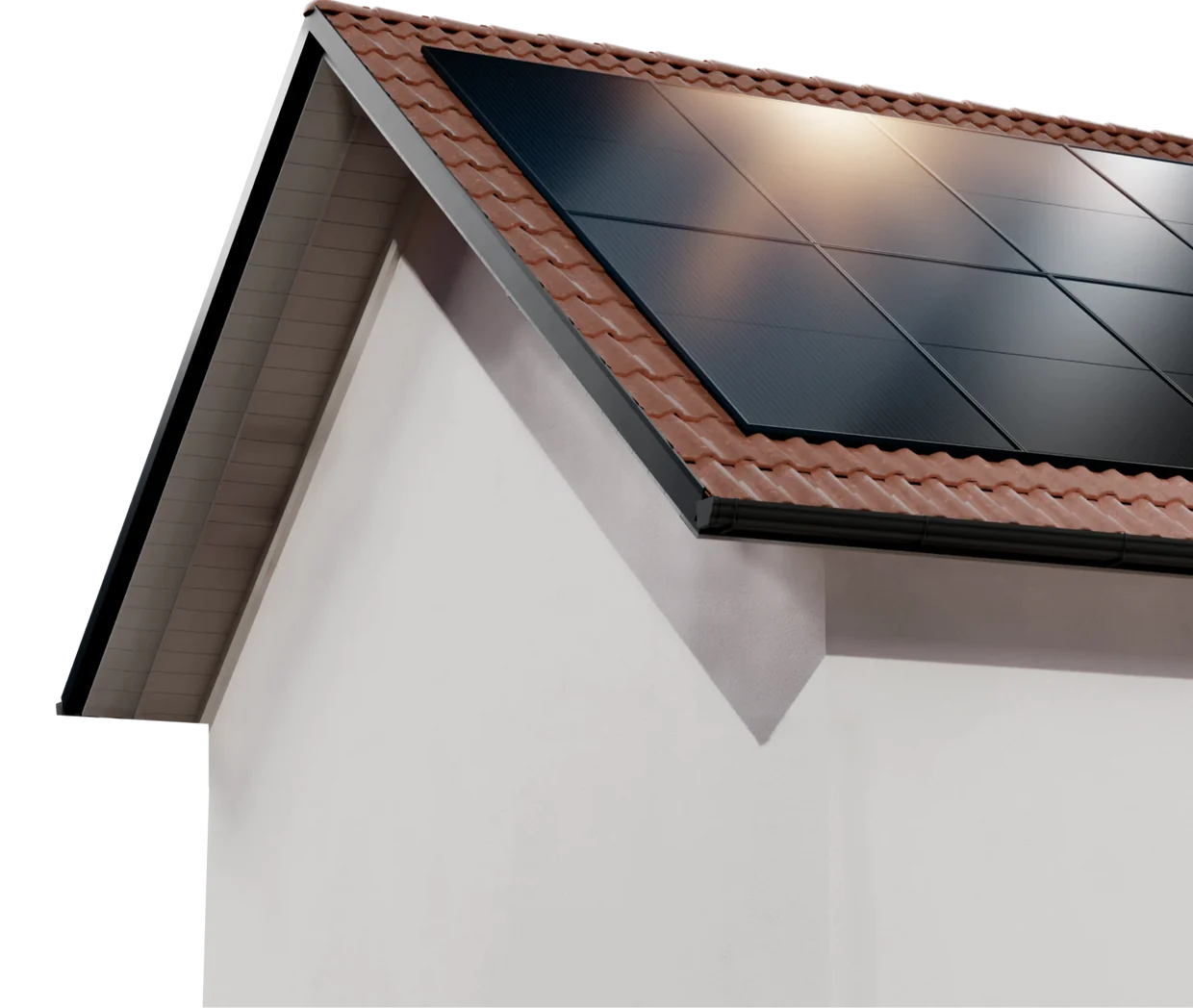Adopting solar energy through the installation of a photovoltaic kit in your home is an ecological and economical approach. As an expert in the field of renewable energy, we will explore the essential steps to successfully make this transition to a more sustainable energy source.
 Understanding the basics of the photovoltaic kit
Understanding the basics of the photovoltaic kit
Understanding the basics of the photovoltaic kit requires an understanding of the key elements. The kits, made up of solar panels capturing solar energy, inverters converting direct current into alternating current, and storage systems, work in symbiosis to produce electricity. This advanced technology constitutes a sustainable alternative, reducing dependence on fossil fuels while exploiting an inexhaustible resource. The combination of these components creates an energy-efficient system, illustrating the considerable potential of photovoltaic kits in the transition to renewable energy sources.
The elements of the photovoltaic kit
The first crucial step lies in understanding the fundamental elements of the photovoltaic kit, namely the solar panels, inverters, and storage systems. Solar panels capture sunlight, inverters transform direct current into alternating current, ensuring compatibility with the electricity grid, and storage systems allow the energy produced to be stored for later use. Together, these components form an essential synergy, propelling the efficiency of the photovoltaic system and enabling a successful transition to a renewable energy source.
Assessment of feasibility on your property
Photovoltaic kit and adaptability to your home
Before installing the photovoltaic kit, a careful assessment of the suitability of your home is necessary. Elements such as sun exposure, roof orientation and available space must be carefully considered. Optimal solar exposure guarantees maximum energy production, while the orientation of the roof directly impacts the efficiency of the solar panels. By considering these factors, you can ensure harmonious integration on your roof or a system to install such as the Beem Energy photovoltaic kit, thus maximizing the ecological and economic benefits of this energy transition.
Exemplary calculations
Use example calculations to define the required capacity based on your energy consumption. These practical calculations will allow you to precisely analyze your electricity needs, thus facilitating the selection of the optimal photovoltaic kit. By evaluating your daily and seasonal consumption, you will be able to correctly size the system, ensuring adequate production and efficient use of solar energy. This calculated data provides a solid basis for making informed decisions and adapting your PV installation according to your specific requirements.
Choice and installation of solar panels
Selection of the suitable photovoltaic kit
The next phase involves choosing a kit that meets your needs. Prioritize high-quality solar panels to maximize energy efficiency. Opting for cutting-edge technology guarantees optimal conversion of solar energy into electricity. Careful selection of the kit according to your specific requirements, combined with efficient solar panels, is the key to a sustainable and cost-effective installation. By investing in superior quality, you ensure stable and sustainable production of renewable energy, thus reinforcing the positive impact of your approach towards energy independence.
Professional installation
Hire professionals to ensure proper and secure installation. Errors during this crucial phase can compromise the performance of the photovoltaic kit. Calling on experts not only ensures compliance with safety standards, but also efficient implementation, thereby maximizing the performance of your system. Professional skill in positioning solar panels, connecting inverters, and configuring storage is essential to avoid any potential problems. Investing in a professional installation guarantees a smooth transition to a reliable and efficient renewable energy source.
Integration with the electricity network
Connection and inverters
The integration of the photovoltaic kit into the electrical network depends on the use of inverters. Understand the critical role these devices play in facilitating the transition from solar to the grid. Inverters convert direct current generated by solar panels into grid-compatible alternating current. A deep understanding
This step is crucial to ensure a harmonious connection, allowing surplus energy to be injected into the network and thus contributing to more ecological consumption. The wise choice and understanding of the use of inverters are key elements for optimal performance of the photovoltaic kit.
Examples of calculations
Use example calculations to clarify how the PV kit feeds electricity into the grid, reducing your energy bill. Consider the kit’s daily and seasonal output, then explore how excess energy is delivered to the grid, generating energy credits. These illustrative calculations highlight the positive impact on your bill, demonstrating how self-consumption and resale of energy contribute to substantial savings. An approach based on concrete figures allows an in-depth understanding of the financial benefits arising from the installation of a photovoltaic kit.
Maintenance and optimisation of the photovoltaic kit
Regular maintenance
Guarantee optimal functioning of your photovoltaic kit by carrying out regular maintenance. Perform regular inspections of solar panels for possible problems such as dirt buildup or obstructions. Also check the performance of the inverters by monitoring the output data. Proactive maintenance allows any malfunction to be quickly identified and resolved, thus ensuring the longevity and efficiency of your system. By integrating these practices into your routine, you maximize the lifespan of your photovoltaic kit while continually optimizing its energy performance.
Performance analytics
Include performance analyzes to illustrate how regular maintenance maximizes kit life and effectiveness.
Frequently asked Questions
Q1: Is the photovoltaic kit suitable for all homes?
Yes, but it is crucial to check the suitability of your home in terms of sun exposure and available space.
Q2: What is the typical lifespan of a photovoltaic kit?
A well-maintained kit can last up to 25 years or more, with specific component warranties.
Conclusion
In conclusion, installing a photovoltaic kit in your home offers a sustainable energy transition. Following these steps carefully will ensure optimal use of solar energy, thereby helping to preserve the environment and reduce energy costs.

